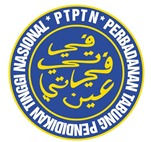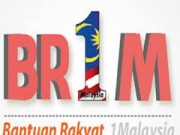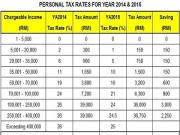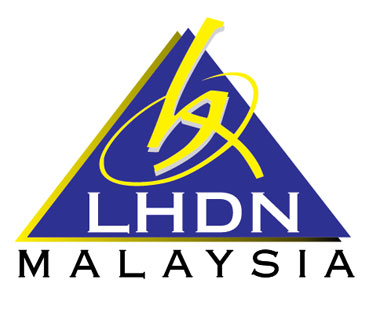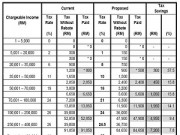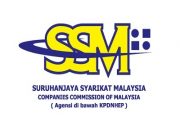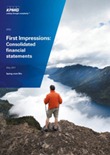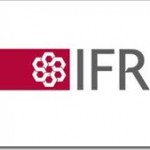 On 12 May 2012, the International Accounting Standards Board (IASB) issued 3 new IFRSs on accounting for consolidation, joint (venture) arrangements and disclosure of involvements with other entities.
On 12 May 2012, the International Accounting Standards Board (IASB) issued 3 new IFRSs on accounting for consolidation, joint (venture) arrangements and disclosure of involvements with other entities.
Each of the 3 standards have an effective date for annual periods beginning on or after 1 January 2013, with earlier application permitted so long as each of the other standards in the ‘package of three’ are also early applied.
IFRS 10 – Consolidated Financial Statements
IFRS 10 replaces the consolidation guidance in IAS 27 Consolidated and Separate Financial Statements and SIC-12 Consolidation — Special Purpose Entities by introducing a single consolidation model for all entities based on control, irrespective of the nature of the investee (i.e., whether an entity is controlled through voting rights of investors or through other contractual arrangements as is common in special purpose entities). Very much of the concept and guidance in IFRS 10 was brought in from US GAAP as part of the convergence efforts in aligning IFRS and US GAAP.
Under the new IFRS 10, control is based on whether an investor has 1) power over the investee; 2) exposure, or rights, to variable returns from its involvement with the investee; and 3) the ability to use its power over the investee to affect the amount of the returns. Isn’t it sound so technical? Yes, it is.
Under IAS 27 (FRS 27 in Malaysia), control is defined as the power to govern the financial and operating policies of an entity so as to obtain benefits from its activities. As such, control is based on the risk and rewards of ownership in the investee.
So? What are the likely impacts?
For those existing consolidated subsidiaries with shareholding of more than 50%, no problem expected. But, if you have a associate company with shareholding of less than 50%, there could possibly you may need to consolidate this associate instead of just equity accounted for it, if other minority shareholders are very diverse with no single MI having more than, say 5% shares in the associates. Another example, a Company has 33% or 40% in an investee, but with this stake the Company effectively “control” all the activities of the investee, then the Company may need to consolidate the investee, instead of equity accounting for it.
IFRS 11 – Joint Arrangements
Proportional consolidation method is no longer allowed in accounting for jointly controlled entities. All jointly controlled entities are to be equity accounting for, just like equity method for associates.
Again, accounting for joint venture has been twisting all these years. In the past under MASB standards, proportional consolidation method is not allowed, although IAS allows so. But in 2006 when Malaysia moved to FRSs, it allowed proportional consolidation method to align with IAS. Now again, when MASB adopt this IFRS 11 in coming years, proportional consolidation method is again not allowed.
Any impacts?
There is no different in terms of accounting method to apply for joint controlled entities (JCE) or associates. All will be “equity method”.
No significant impact is expected as most of the Malaysian companies would have applied equity method to its JCE under the MASB standards in the past, and would have continued to do so even when FRS allowed proportional consolidation method since 2006.
IFRS 12 – Disclosure of Interests in Other Entities
IFRS 12 requires enhanced disclosures about both consolidated entities and unconsolidated entities in which an entity has involvement. The objective of IFRS 12 is to require information so that financial statement users may evaluate the basis of control, any restrictions on consolidated assets and liabilities, risk exposures arising from involvements with unconsolidated structured entities and non-controlling interest holders’ involvement in the activities of consolidated entities.
Possibly, more disclosures required under IFRS 12. All of them very open and judgment as to the level and the depth of information to be disclosed.
International standards only, not Malaysian standards yet
Many Malaysian may think this is just the change in international front on IFRS standards with effective date 1 January 2013, MASB has not adopted them yet and even so adopted, normally the effective date may be much later than the 1 January 2013, it could be 2014 or 2015.
Wrong! You are wrong. On 1 August 2008, the FRF and MASB already announced their plan to bring Malaysia to full convergence with IFRS by 1 January 2012. Malaysia to go on IFRS convergence by 2012 is still a valid statement.
Meaning to say, by then IFRS effective dates would the same effectives for Malaysia, that is by 1 January 2013.
However, in order to adopt IFRS as the approved accounting standards in Malaysia, Malaysia’s Financial Reporting Foundation and MASB have to issue a notice to announce the adoption of IASB’s IAS and IFRS in Malaysia. So far, this notice or change in Financial Reporting Act has not been effected. As such, Malaysia FRSs are still the approved accounting standards in Malaysia for time being.
Further reading – KPMG Publications
| First Impressions: Consolidated financial statements |
| Our First Impressions discusses the new approach for determining which investees should be consolidated. The new consolidation standard (IFRS 10) aims to develop a single consolidation model applicable to all investees, alleviating past concerns that existing consolidation and disclosure standards failed to adequately portray the risks to which investors in certain entities were exposed. The standard explicitly introduces concepts of agent vs principal and de facto control; the former being particularly important for industries such as funds, asset management and real estate. |
 |
| First Impressions: Joint arrangements |
| Our First Impressions explains how the new joint arrangements standard (IFRS 11) works. We discuss its implications for business and highlight areas of ambiguity. Examples show its effects in practice. The new standard removes entities’ ability to choose between the equity method and proportionate consolidation. In terms of the industries facing a potential change in accounting policy as a result of the new requirements, our surveys reveal that proportionate consolidation is widely used across all industries. We expect that many, although not all, companies currently using proportionate consolidation will be required to change to equity accounting. |





